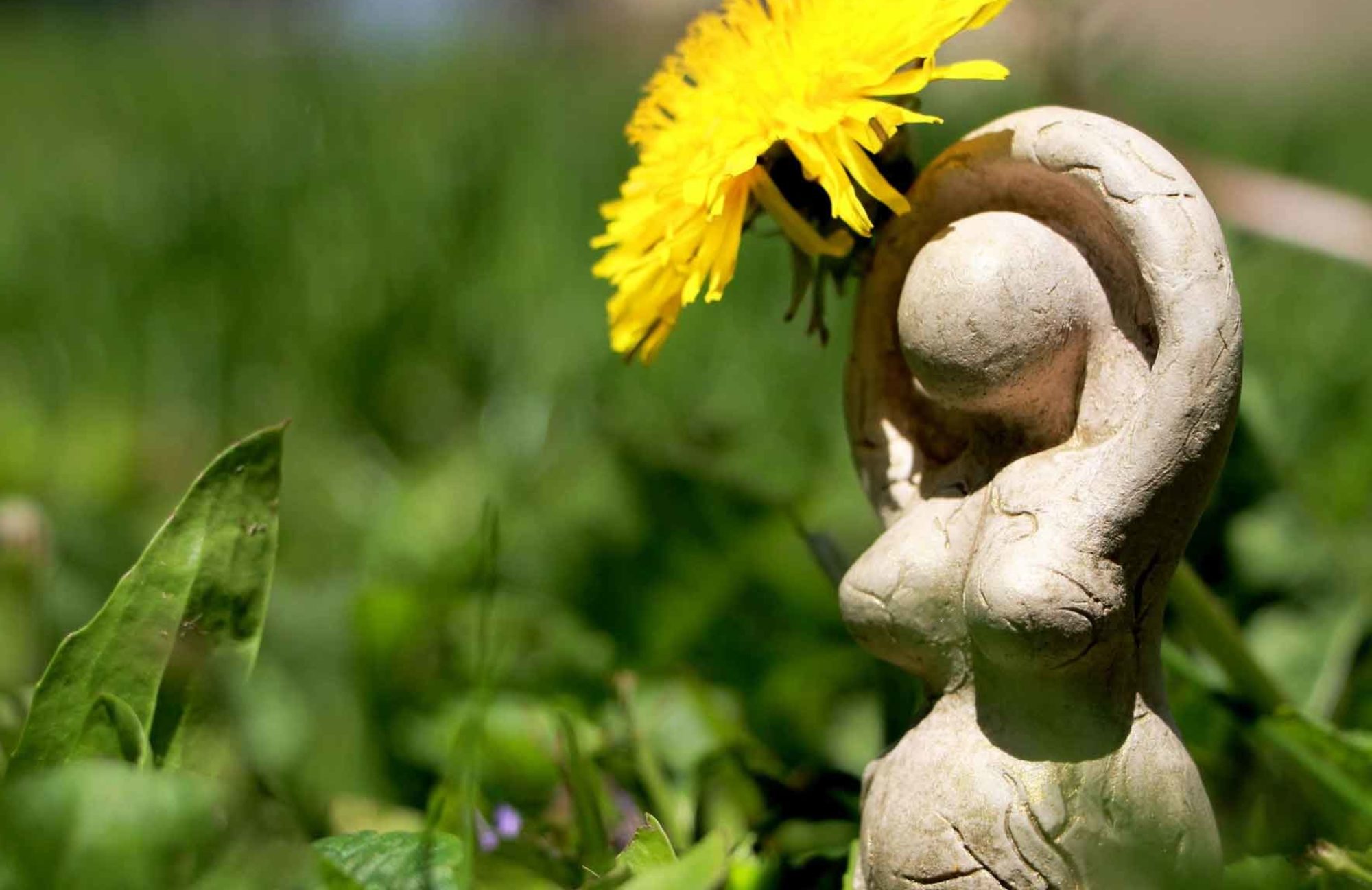“The Amazons: A Five-thousand-year Matriarchal Resistance Movement”
with Vicki Noble
Thursday, January 9, 2025 at 3 PM Eastern Time
REGISTER HERE
 After 40 years of revisioning world history to include women, I am shocked to realize that most women still do not know the facts. History (his-story) is only about five thousand years old. These five thousand years have brought us war and violence through the agency of male dominance, and we have been socialized to believe that violence is innate to the human condition. Meanwhile, prehistory has been relegated to the dustbin. But prehistory is women’s history! It includes all the tens of thousands of years before the (now well-documented) Indo-European invasions into the peaceful Goddess civilization of Old Europe. If we do not know this ancient, peaceful, women-centered history, then how can we imagine that we will ever have peace on earth?
After 40 years of revisioning world history to include women, I am shocked to realize that most women still do not know the facts. History (his-story) is only about five thousand years old. These five thousand years have brought us war and violence through the agency of male dominance, and we have been socialized to believe that violence is innate to the human condition. Meanwhile, prehistory has been relegated to the dustbin. But prehistory is women’s history! It includes all the tens of thousands of years before the (now well-documented) Indo-European invasions into the peaceful Goddess civilization of Old Europe. If we do not know this ancient, peaceful, women-centered history, then how can we imagine that we will ever have peace on earth?

The Amazons were not a mythical tribe of women who hated men, but rather the remnant populations of Old Europe who fled the Indo- European invasions to protect their ancient matriarchal values and social structures. Their valiant existential fight carried them through the next few thousand years. Succeeded by the Classical Amazons of the Iron Age (first millennium BCE), these tribes, whose women were shaman-priestesses and fighting warriors, have left us stunning remains and artifacts from across Eurasia documenting their ongoing resistance to patriarchy.
Now that patriarchy has colonized most of the world, this stream of resistance has gone underground, continuously bubbling up in pockets and remnant populations here and there, as well as in individual women in every generation who tap into this ancient archetype of the courageous and sacred Amazon warrior-priestess. I have spent a lifetime owning this archetype and joining other such women in the ongoing fight for our birthright: the re-establishment of mother-centered, earth- centered values and peace on earth.
“Join me in this exploration and investigation of women’s refusal to bow to patriarchy through the ages, up to and including our own participation. Invigorate your inner Amazon to come into the foreground now!”

Vicki Noble is a feminist scholar and teacher, co-creator of Motherpeace and author of numerous books including Motherpeace, Shakti Woman, and The Double Goddess. For decades she has traveled and taught internationally; her books are published in various languages. Retired from teaching as a graduate professor in two Women’s Spirituality Masters Programs in California, she teaches workshops and speaks in public venues. At home in Santa Cruz, California, she facilitates private intensive tutorials with women from around the world who come to study Motherpeace Tarot, learn customized Tibetan Buddhist Dakini practices, or do customized intellectual inquiry.
~~~~~~~~~~~~~~~~~~~~~~~~~~~~
Our next Salon:
Scholar Salon #81, January 21 2025 at 3:00 PM Eastern Time
European Mythology as a Remedy for the Amnesia of Whiteness
with Hilary Giovale

This Salon recording will also be available to members when processed after the event.



You must be logged in to post a comment.